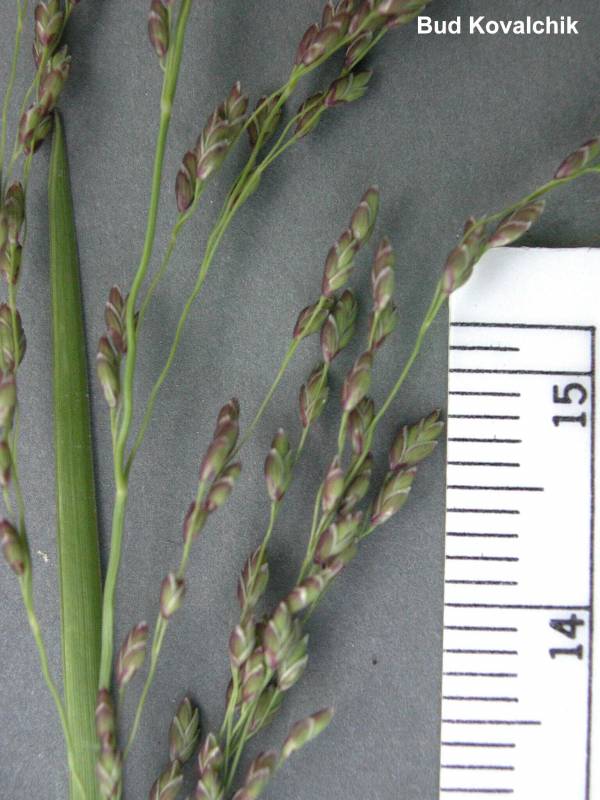Hosted by the University of Washington Herbarium, Burke Museum
Publication: Proc. Biol. Soc. Wash. 41: 157. 1928.
Origin: Native
Herbarium search: CPNWH
Notes: FNA24: "Glyceria striata grows in bogs, along lakes and streams, and in other wet places. Its range extends from Alaska to Newfoundland and south into Mexico. Plants from the eastern portion of the range have sometimes been treated as G. striata var. striata, and those from the west as G. striata var. stricta (Scribn.) Fernald. Eastern plants tend to have somewhat narrower leaves and thinner culms than western plants, but the variation appears continuous. In the west, larger specimens are easy to confuse with G. elata. The two species are sometimes found growing together without hybridizing; this and molecular data (Whipple et al. [in prep.]) support their recognition as separate species. The differences between the two in growth habit and stature are evident in the field; they are not always evident on herbarium specimens. In its overall aspect, G. striata also resembles G. pulchella, but it has somewhat more lax panicle branches in addition to smaller spikelets and florets.
Glyceria ×gatineauensis Bowden is a sterile hybrid between G. striata and G. melicaria. It resembles G. melicaria but has longer (up to 12 cm), less appressed panicle branches and is a triploid with 2n = 30. It was described from a population near Eardley, Quebec. An additional specimen, tentatively identified as G. ×gatineauensis, was collected in 1929 from French Creek in Upshur County, West Virginia.
Glyceria ×ottawensis Bowden is a sterile hybrid between G. striata and G. canadensis. It is intermediate between the two parents, and is known only from the original populations near Ottawa. It has sometimes been included in G. ×laxa (Scribn.) Scribn. [= G. canadensis var. laxa]; that taxon often produces viable seed, indicating that it is not a hybrid."
Last updated 12/17/2023 by David Giblin.

